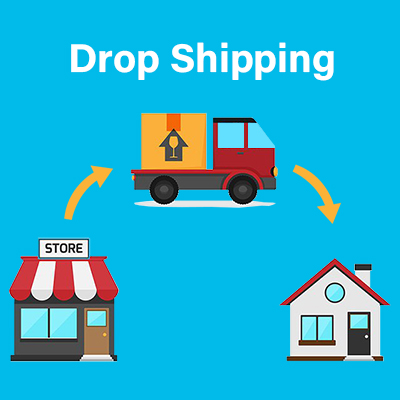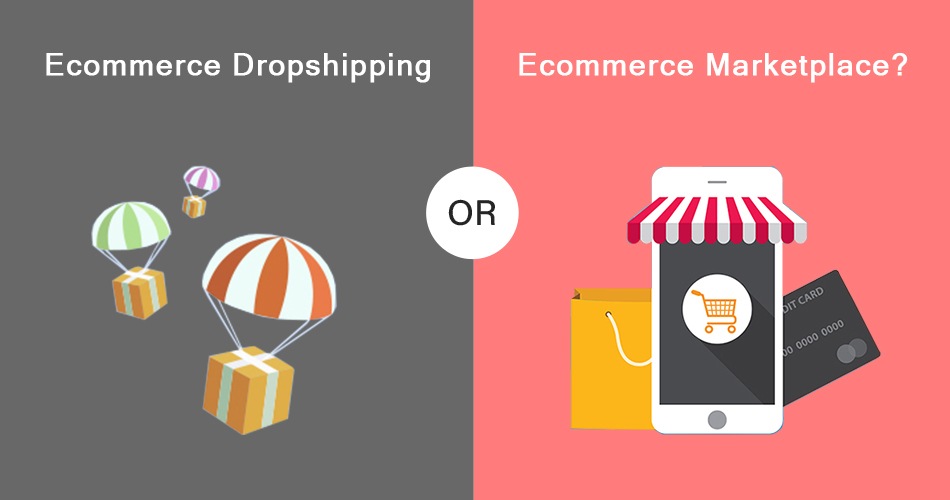Which one is good to make a profitable business in 2022?
Starting an ecommerce marketplace business is not a difficult task in this digital world. With the help of Magento Web Development and other e-solutions, one can easily build an online store. But building a successful online business that is generating a good amount of sales and revenue is very far from being anywhere close to easy.
E-commerce continues to grow at a very exponential rate, every e-business and startup entrepreneur is trying to get a bigger share of the pie by opting for the best e-business solution. On a tactical level, early adopters of the most profitable eCommerce business model are the ones who can survive the storm and earn handsome revenue.
With the pace of technological advancement, e-commerce business models are getting outdated by the time you decide to opt for them. Digital entrepreneurs are often unclear about the profitability and success of the various business models available in this competitive market. This article will shed light on the two most popular e-business models which have unlocked the success doors of many businesses.
In a hurry? Here’s what you will find in this article:
-
- E Commerce Marketplace: A Profitable Business Model
- Benefits to create marketplace with Magento
- How to create marketplace with Magento
- Our Magento Integration Services
- The truth about Dropshipping: The Good, Bad or Ugly!
- Is Dropshipping still successful?
- Challenges faced by Dropshipping Business Model
- Final Words: Ecommerce marketplace or Ecommerce Dropshipping?
ECommerce Marketplace: A Profitable Business Model
Meaning of E-commerce Marketplace
The e-commerce marketplace is a website where a buyer can find different brands and varieties of products appearing from multiple vendors, wholesalers, or manufacturers, showcased on the same platform.
Usually, the marketplace owners do not list their products or services, they provide a platform where marketplace participants or multiple vendors enlist their product offerings to the customers.
Benefits to Create a Marketplace with Magento
Building an eCommerce marketplace with the latest version of Magento will allow your website to access all the rich features and functionalities offered by this most popular web development platform.
An effective eCommerce marketplace is beneficial for all the marketplace participants: Business or Marketplace Owners, Buyers, and Sellers.
Below is the summarized list of benefits of running your eCommerce marketplace:
- No need to lock Cash
The Marketplace operator does not need to lock the cash in holding the inventory.
- Large no of products
As the marketplace operator doesn’t hold the inventory, he/she can offer a large no of products from different vendors to the customers.
- Choice of Monetization Model
The marketplace owner can choose the monetization model based on its market niche and business goals. Charging commissions, lead generation fees, listing fees, etc are some of the different modes of earning revenue for marketplace owners.
- Low Financial Risk
Running an eCommerce store has more financial risks attached as compared to running an eCommerce marketplace. As a marketplace, the owner doesn’t need to invest in inventory, the financial risk is also low.
- High Customer Response
Customers respond more to a website that offers a large no of products rather than one which has a limited no. of products.
- Market Analysis
The marketplace owner can thoroughly analyze the most demanded products and most preferred vendors. Accordingly, he can design various marketing campaigns.
How to create a Marketplace with Magento?
Before creating an eCommerce marketplace, you need to consider the below aspects:
- How will your business make profits? How will you charge your vendors for selling their products in your marketplace? Will you charge a commission on per product sale or a fixed monthly commission?
- How will the vendors receive the payment, and via what platform?
- Who will be responsible for logistics services- You (Marketplace Owner) or the vendor?
- What strategies you’ll undertake to ensure that customers receive the highest quality of goods, worth the amount they paid?
After making decisions on the above points and many more, you need a highly experienced and skilled Magento Developer to build an advanced eCommerce marketplace.
We also offer Seamless Marketplace Integration Services
Considering the popularity and benefits offered by the online marketplace business model, there is a very good scope for growth if you opt to build your own unique eCommerce Marketplace Platform. But if you don’t want to become another Amazon, we can successfully integrate your existing e-store into leading third-party marketplaces like eBay, Flipkart, Walmart, Amazon, etc.
The truth about Dropshipping: The Good, Bad or Ugly!
Is the Dropshipping e-commerce business model still alive?

Well, this is one of the most controversial questions to answer. Dropshipping has been one of the most popular e-commerce business models for over a decade. It has helped thousands of people to become millionaires by just sitting in their homes and being the mediator between the buyer and the actual retailer/wholesaler or manufacturer. But with new emerging technologies and e-solutions, the dropshipping model is losing its vulnerability.
Is Dropshipping still successful?
The answer is simple! It is good if you make it so. Let us understand this by an example.
Let’s say you want to start an online dropshipping store and your target is to earn $200,000 annually from it.
Here are the Calculations!
You receive a product for $20 from a vendor and you sell it for $40. After deducting the shipping and advertising cost, your actual profit amounts to $10.
So to meet the target of earning $200,000 per year, at least 2000 products should get sold per month.
$10 profit x 2000 orders = $20,000 per month
$20,000 per month x 12 = $240,000 per year
So, if you want to meet the prefixed target to earn $200,000 per year, then your business needs to sell a minimum of 68 orders per day.
Challenges Faced by Dropshipping Business Model
- Highly Competitive
A very less amount of capital is required to begin with the dropshipping business. As there is no entry barrier, this business faces a lot of competition. And because of this high level of competition, it becomes mandatory to offer the lowest price possible by limiting the profit margin to a minimum.
- Lack of Accountability
Over the years, it has been noticed that product quality issues, returns, and exchanges, late shipment issues, etc aren’t taken seriously by the suppliers. Business owners have to face these challenges and most of the time this results in customer dissatisfaction. This pushes the customers right into the hands of competitors.
- Extra Homework for Business Owners
For running a successful e-business with a dropshipping model, the business owners constantly need to conduct market research to find new suppliers offering a variety of quality products, design customer-engagement models, establish a customer support team to tackle the customers’ issues and queries, and so on.
- Fulfillment issues
‘Out of Stock’– this is one of the major challenges faced by drop shippers. Sooner or later, you’ll realize that relying on the dropshipping business model doesn’t guarantee that product availability status will be the same as displayed on the website. Fulfilling customers’ orders in a systematic way needs an effective inventory management system.
Final Words!
Ecommerce marketplace or Ecommerce Dropshipping?
They both are lucrative business models and the one with the right observation and a clear business vision can derive huge profits by using any one of them wisely. Both these business models have respective pros and cons. But choosing the one which is best for you entirely depends upon your business goals and vision.
So, go ahead and have a one-on-one conversation with our experts. We’ll be happy to be part of your success story.


It seems very useful It was nice to read this article.Thanks for sharing.